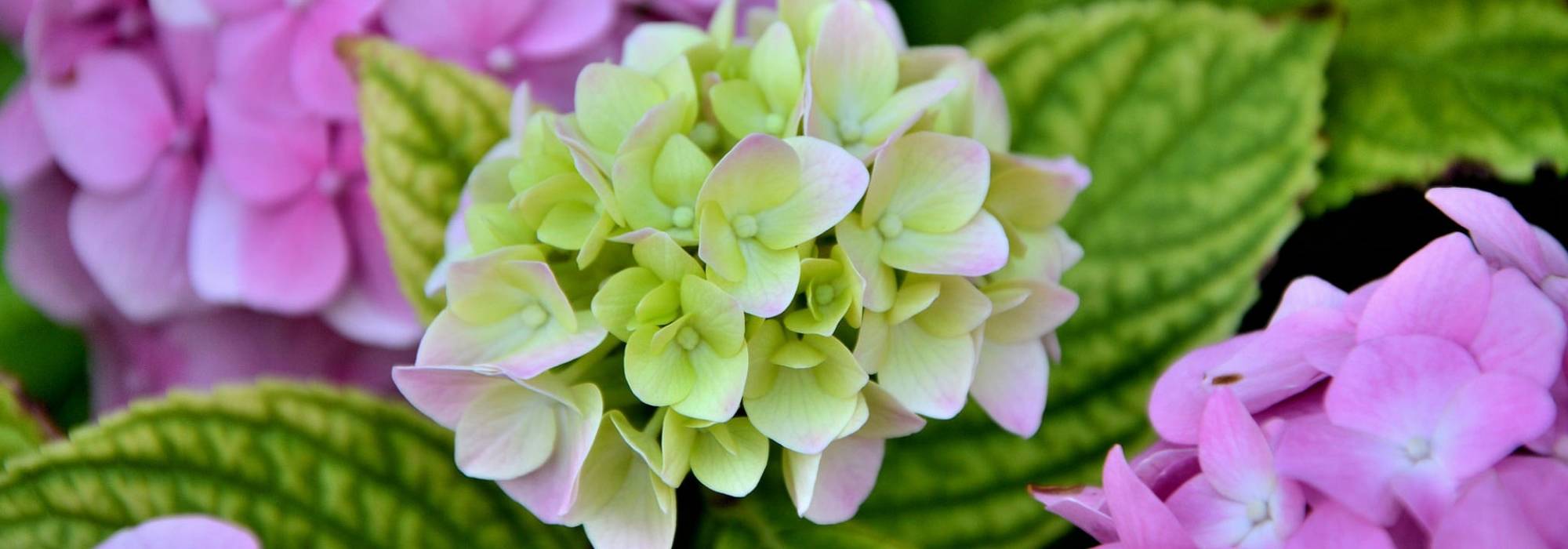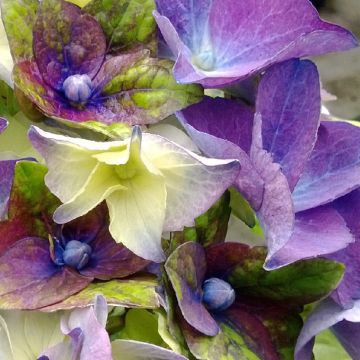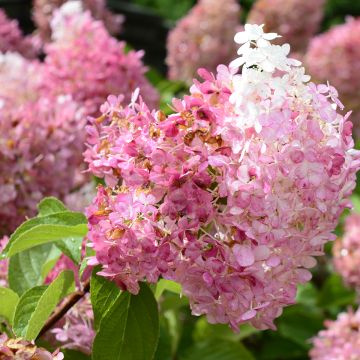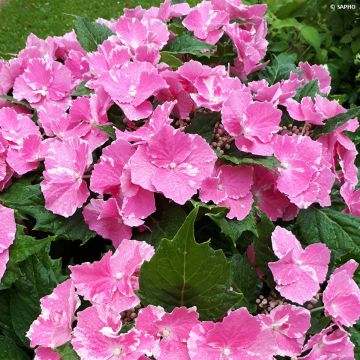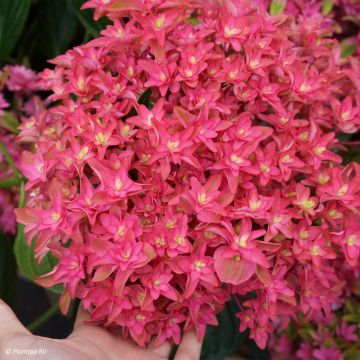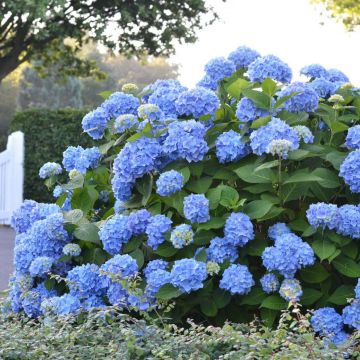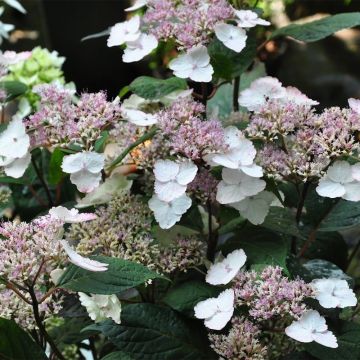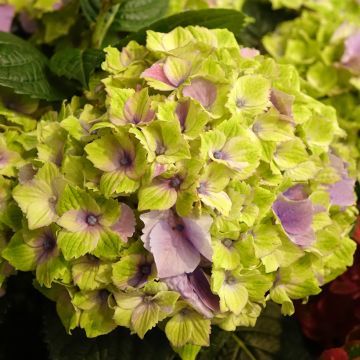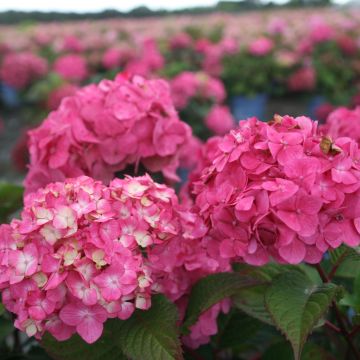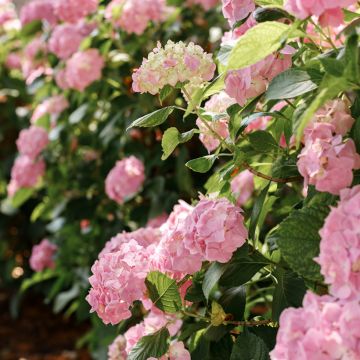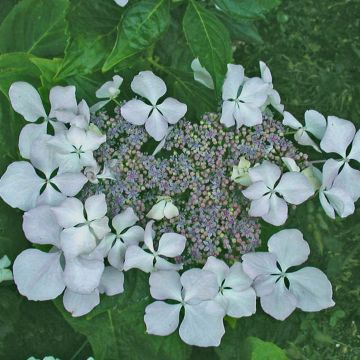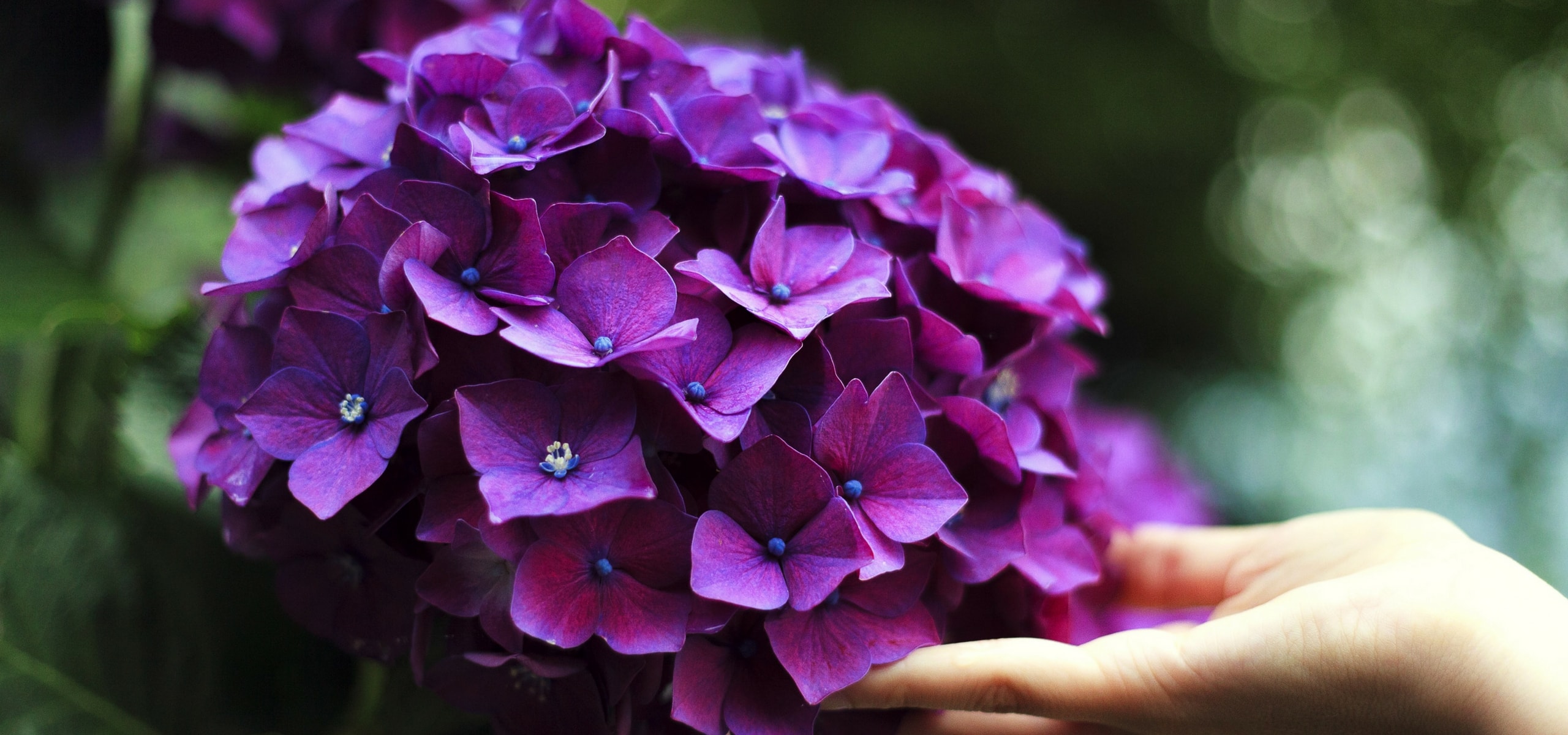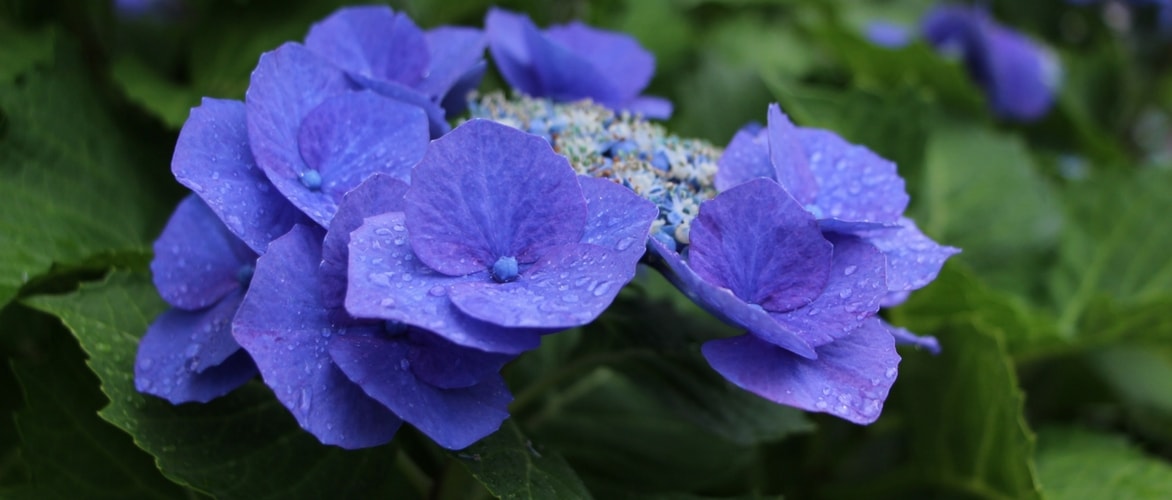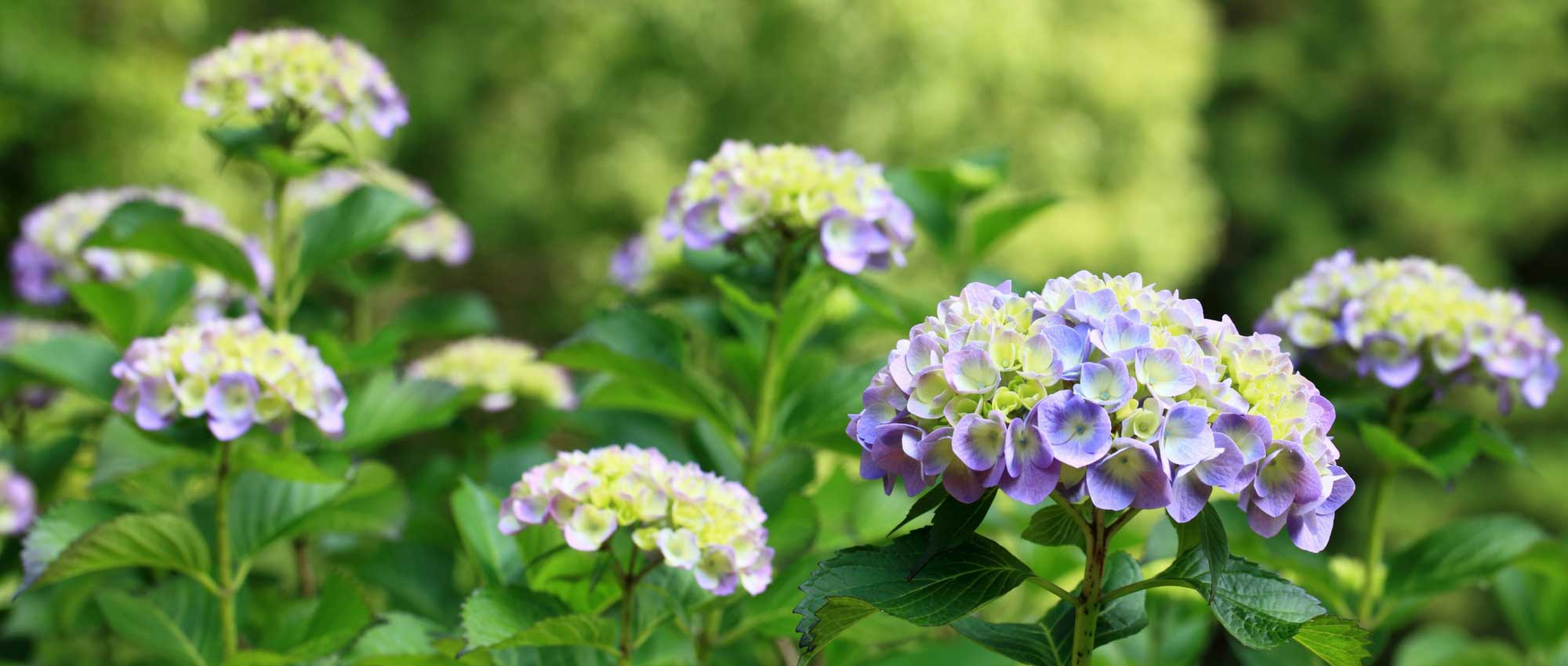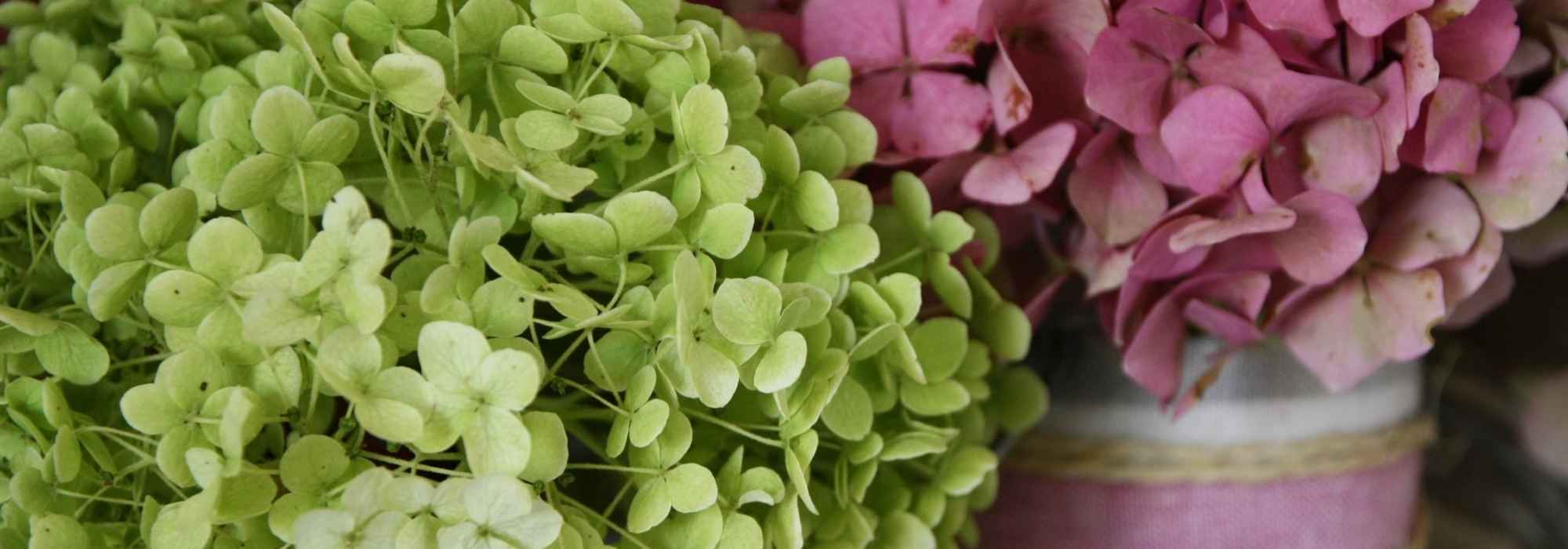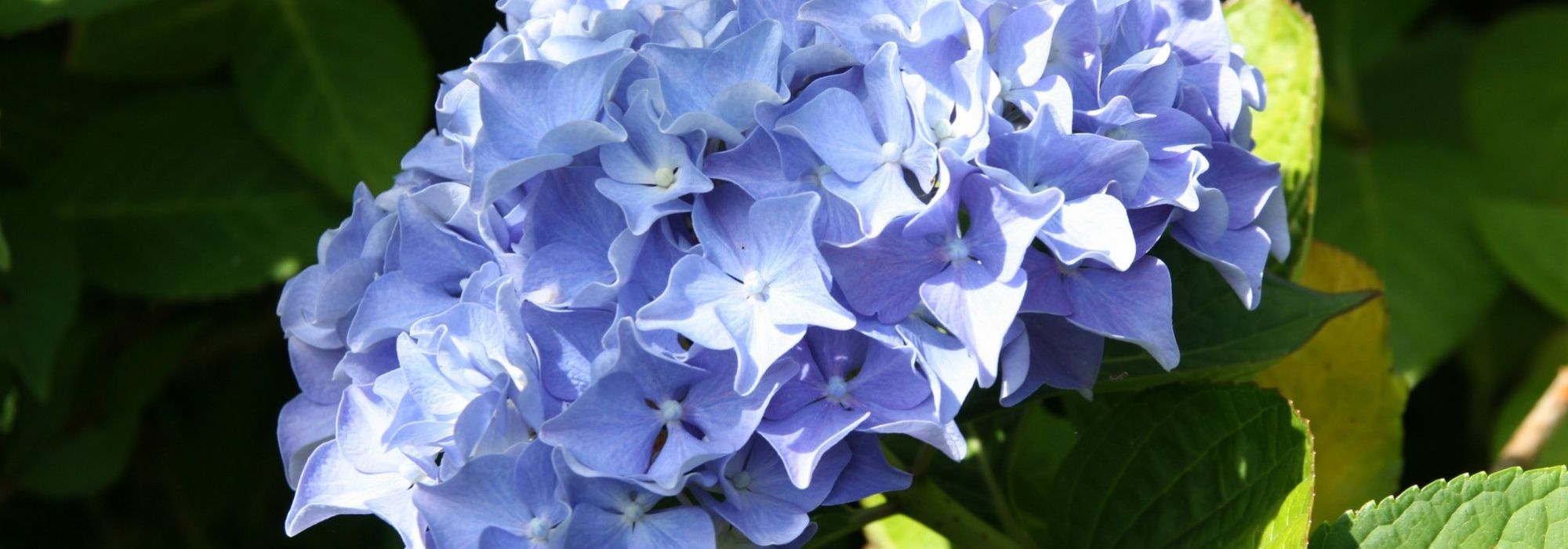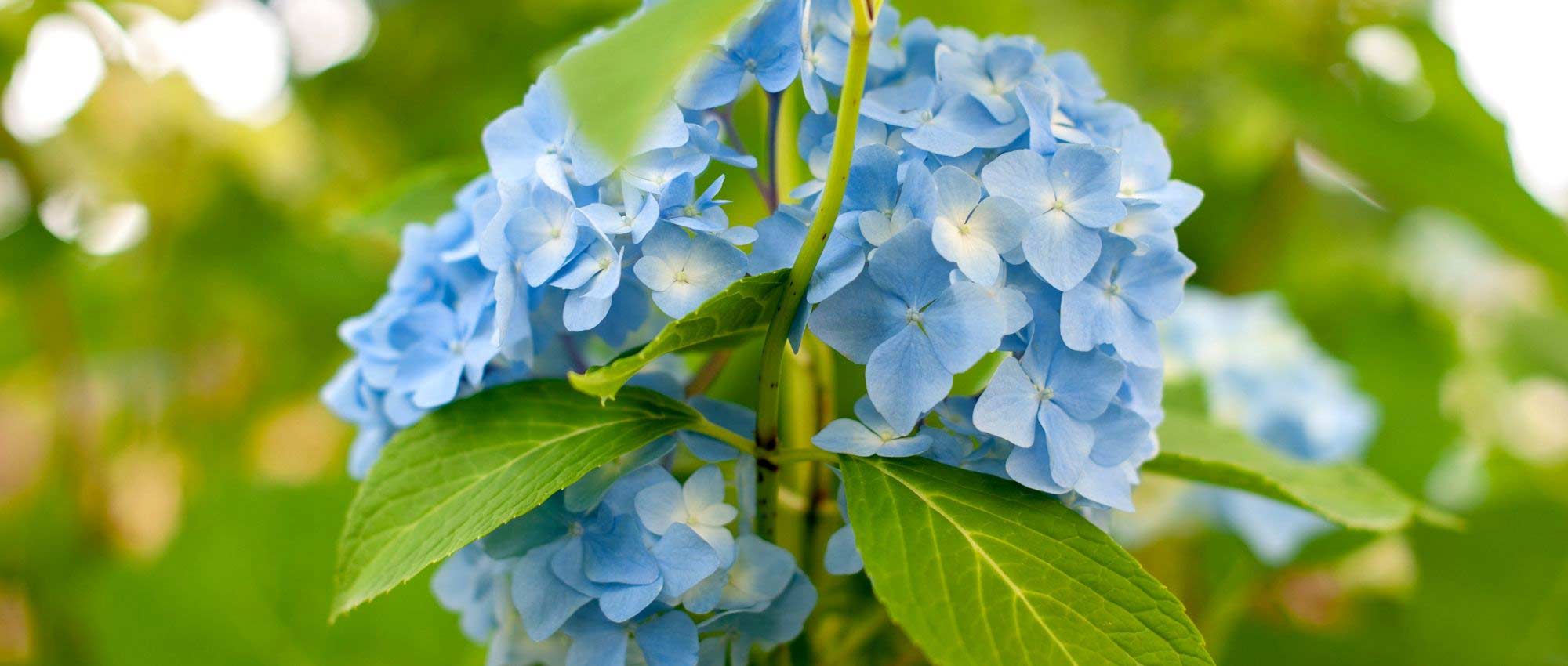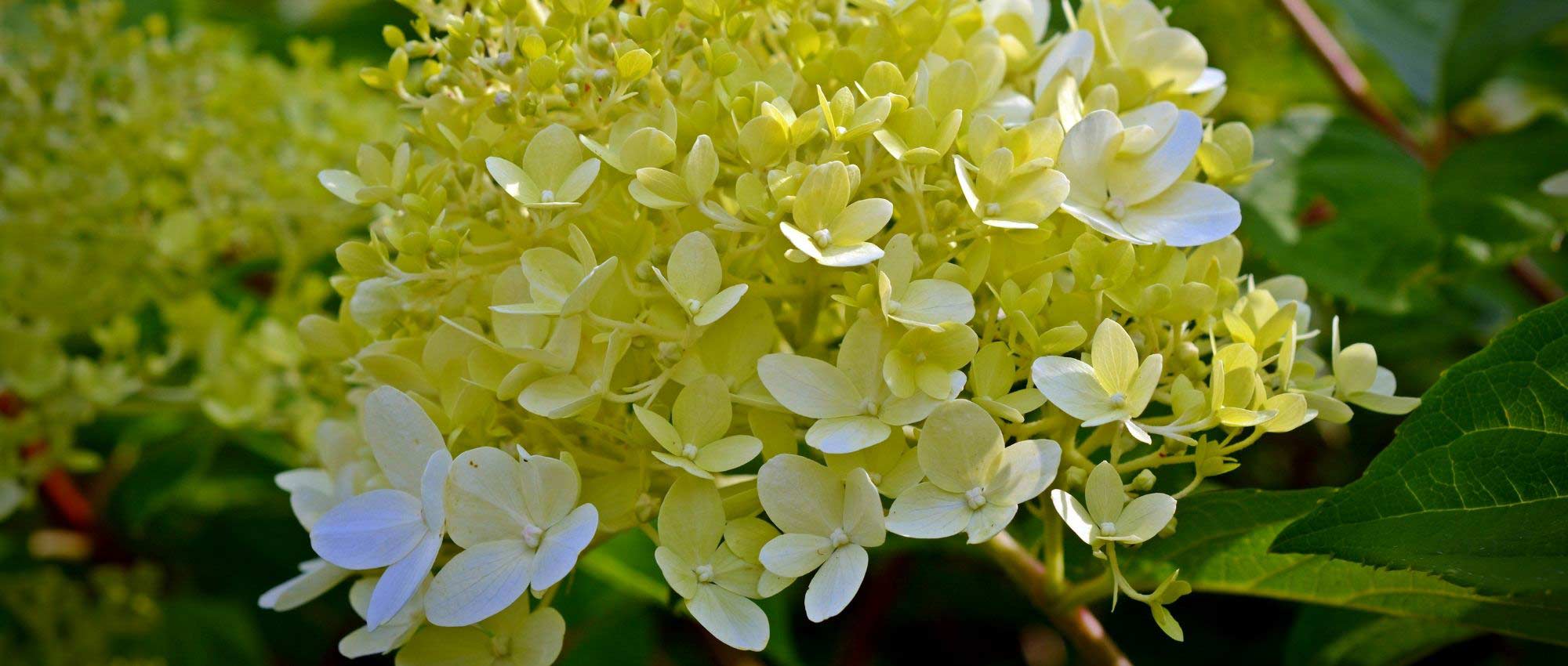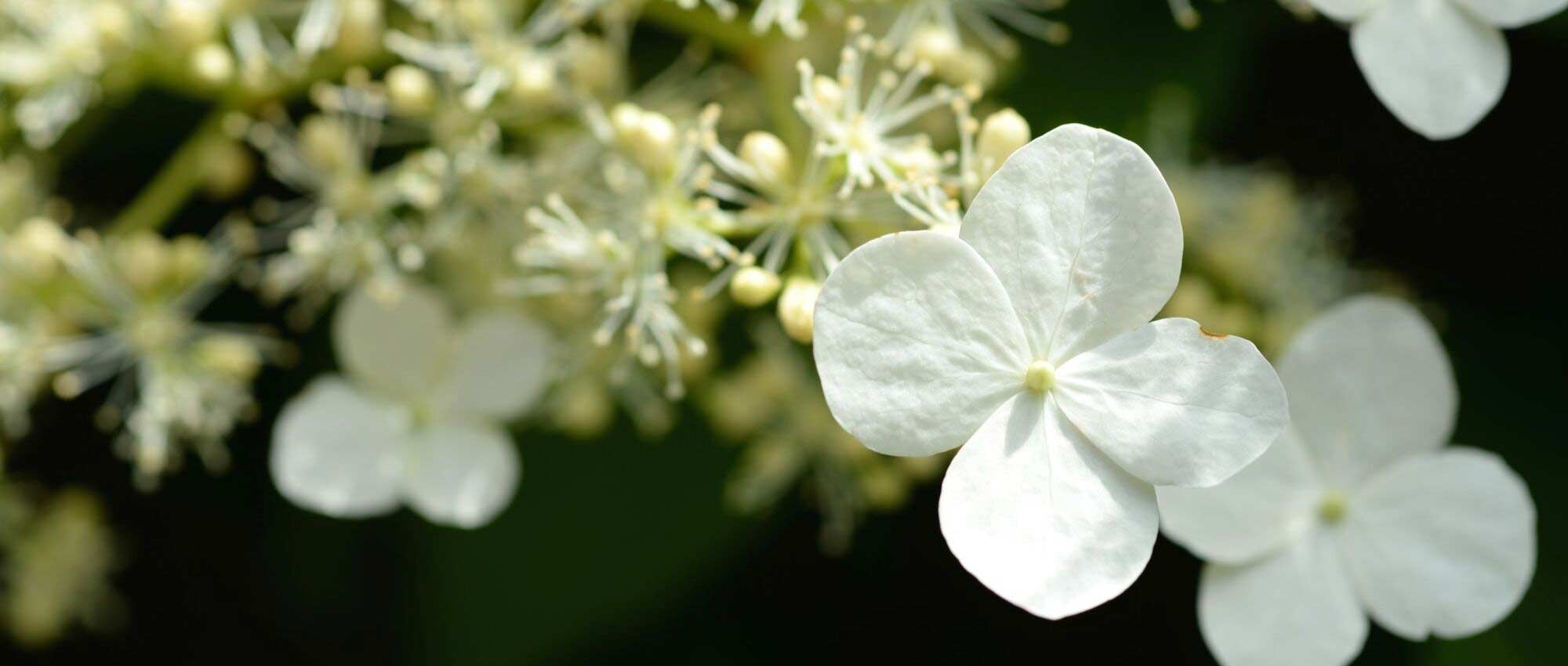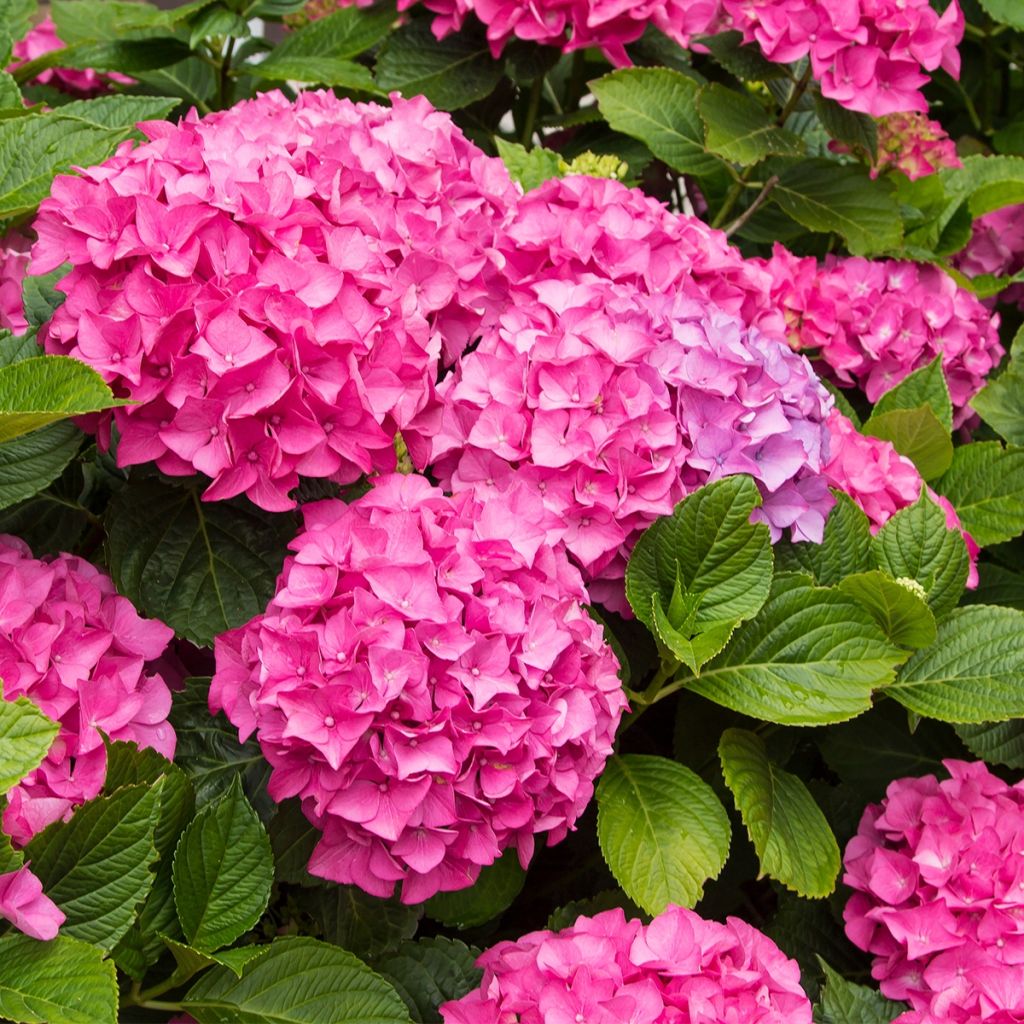

Hortensia - Hydrangea macrophylla Freudenstein
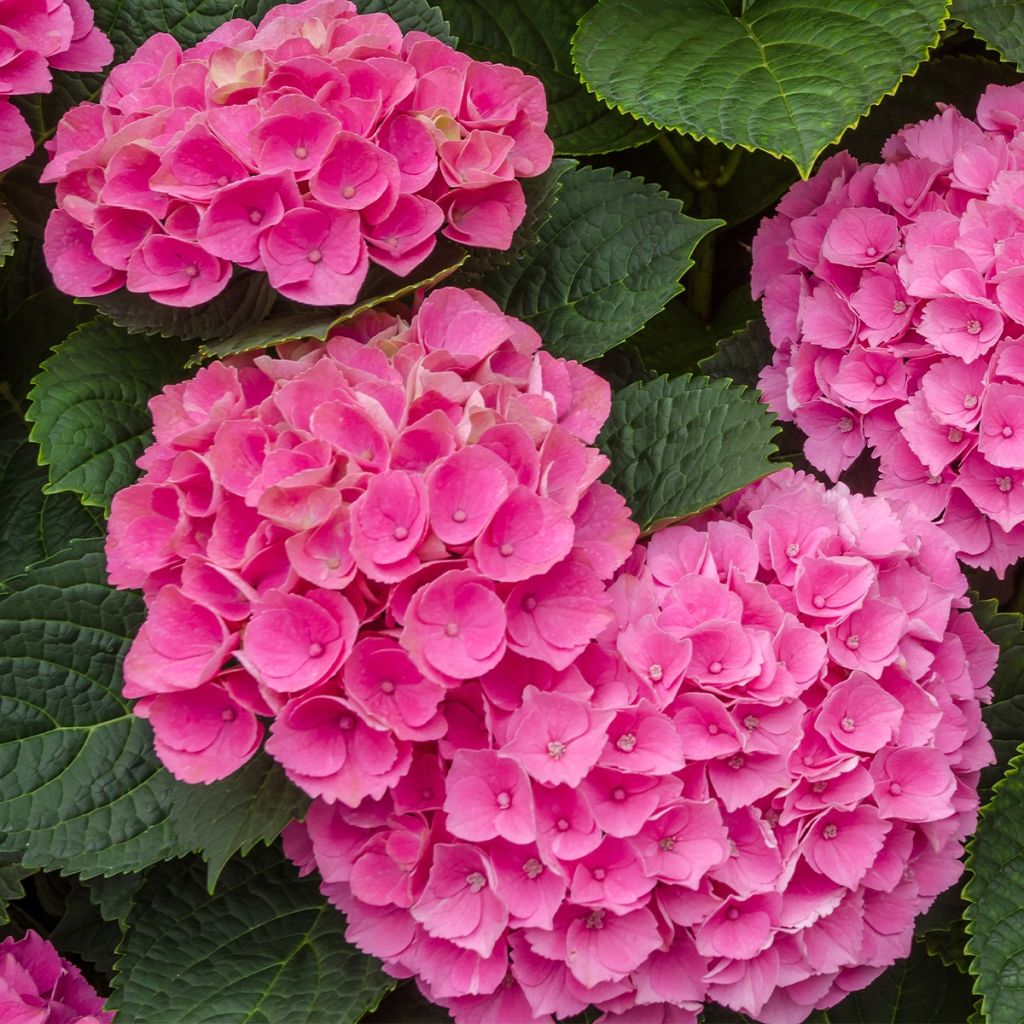

Hortensia - Hydrangea macrophylla Freudenstein
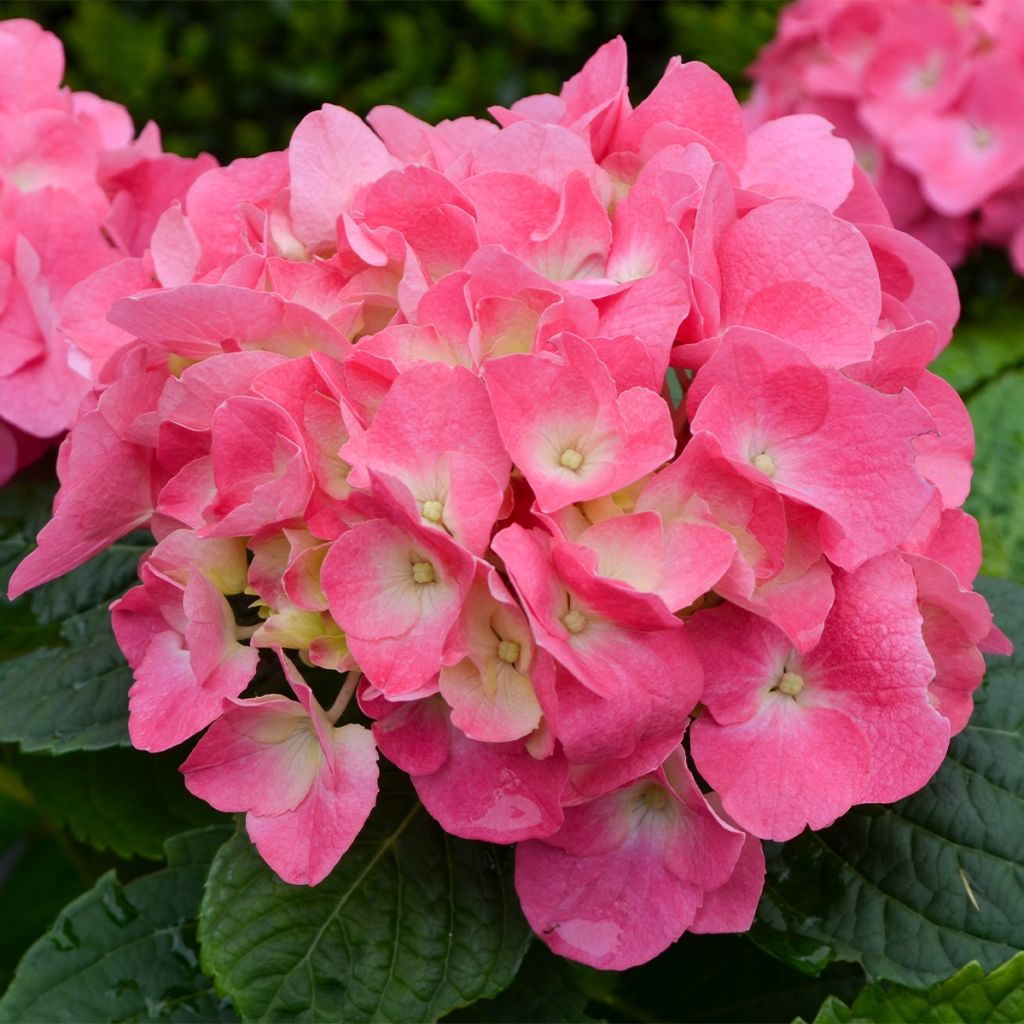

Hortensia - Hydrangea macrophylla Freudenstein
Hydrangea macrophylla Freudenstein D
Hydrangea macrophylla Freudenstein
Bigleaf Hydrangea, French Hydrangea
Special offer!
Receive a €20 voucher for any order over €90 (excluding delivery costs, credit notes, and plastic-free options)!
1- Add your favorite plants to your cart.
2- Once you have reached €90, confirm your order (you can even choose the delivery date!).
3- As soon as your order is shipped, you will receive an email containing your voucher code, valid for 3 months (90 days).
Your voucher is unique and can only be used once, for any order with a minimum value of €20, excluding delivery costs.
Can be combined with other current offers, non-divisible and non-refundable.
Home or relay delivery (depending on size and destination)
Schedule delivery date,
and select date in basket
This plant carries a 24 months recovery warranty
More information
We guarantee the quality of our plants for a full growing cycle, and will replace at our expense any plant that fails to recover under normal climatic and planting conditions.
Would this plant suit my garden?
Set up your Plantfit profile →
Description
Hydrangea macrophylla 'Freundenstein' has both an imposing and romantically charming flowering. Its large round inflorescences, which can exceed 20cm (8in) in diameter, take on a bluish-purple hue in acidic soil, while they are a bright pink in neutral soil. It forms a compact, medium-sized bush with sturdy stems that support the inflorescences well, allowing for the creation of beautiful dried flower bouquets. Hardy, it should be placed in a semi-shaded position in non-calcareous soil. It is easy to grow, requiring only an annual pruning in spring and watering in summer to keep the soil moist.
'Freundenstein' is a Swiss variety that appeared on the market in 1966, and is credited to the breeder W. Preisig, head of cultivation and selection at Haller Nurseries in Brugg. This prolific breeder, one of the three Swiss specialists, gave birth to no less than 32 cultivars from 1960 to 1986! It is a medium-sized bush, reaching a maximum height of 1.2 to 1.5m (4 to 5ft) in all directions. Compact, it forms a beautiful regular tuft with dark green foliage with toothed edges. Its inflorescences appear in July and last until September. Its regular round heads consist of flowers with 4 sepals, which vary in colour depending on the acidity of the soil. If the soil is highly acidic, the inflorescences will take on a bluish-purple hue, with a deliciously old-fashioned charm. In neutral or slightly alkaline soil, they will be a vibrant pink.
Like all hydrangeas, it is not a strictly ericaceous plant. It prefers neutral to acidic soils. A semi-shaded to shaded exposure in a warm climate will suit it well, as well as watering in summer because it does not like dryness (of the soil and atmosphere), which can cause its leaves to wilt. Care consists of an annual pruning in spring, before the new leaves emerge. It is very hardy (around -17°C (1.4°F), although severe frosts can damage the tips of the branches. However, they easily grow back after pruning in spring). Easy to grow, it can live for a very long time. It can be planted in a container to decorate a shady corner of a terrace. In this case, special attention should be paid to watering to prevent the substrate from drying out, and a potash-based fertiliser should be applied before flowering to promote it. A thick terracotta pot would be well suited. If using a plastic container, choose one with a "double skin", meaning 2 walls separated by an air gap, providing insulation, which prevents the soil from getting too hot and therefore the roots in summer, and also limits the effect of frost in winter. Use a soil mix for ericaceous plants, adding a little compost.
When planted in the garden, this small hydrangea will blend well with other romantically styled shrubs in acidic soil. The splendid Magnolia stellata with its pure white star-shaped flowers appearing early in the season will extend the flowering season of your flower bed. Enkianthus campanulatus or Campanulate Andromeda will then take over with its small light pink bells, which will then give way to the beautiful inflorescences of our hydrangea. In neutral soil, your hydrangea will display vibrant pink flowers, which will happily coexist with other bright blooms. The superb Cornus kousa 'Scarlet Fire', a dogwood with large pink bracts, will precede 'Freudenstein', but its large decorative round fuchsia berries will accompany its summer flowering. And to compete with its large spherical inflorescences, choose from the many varieties of Crape Myrtle, or Lagerstroemia, another summer star!
Note: The colour of the flowers of macrophylla hydrangeas varies depending on the soil pH. Traditionally blue varieties turn pink in neutral or alkaline soil. To maintain a beautiful blue colour, mix ericaceous soil with your garden soil and apply aluminium sulphate (slate contains it) or alum stone every spring.
Hydrangea macrophylla Freudenstein D in pictures
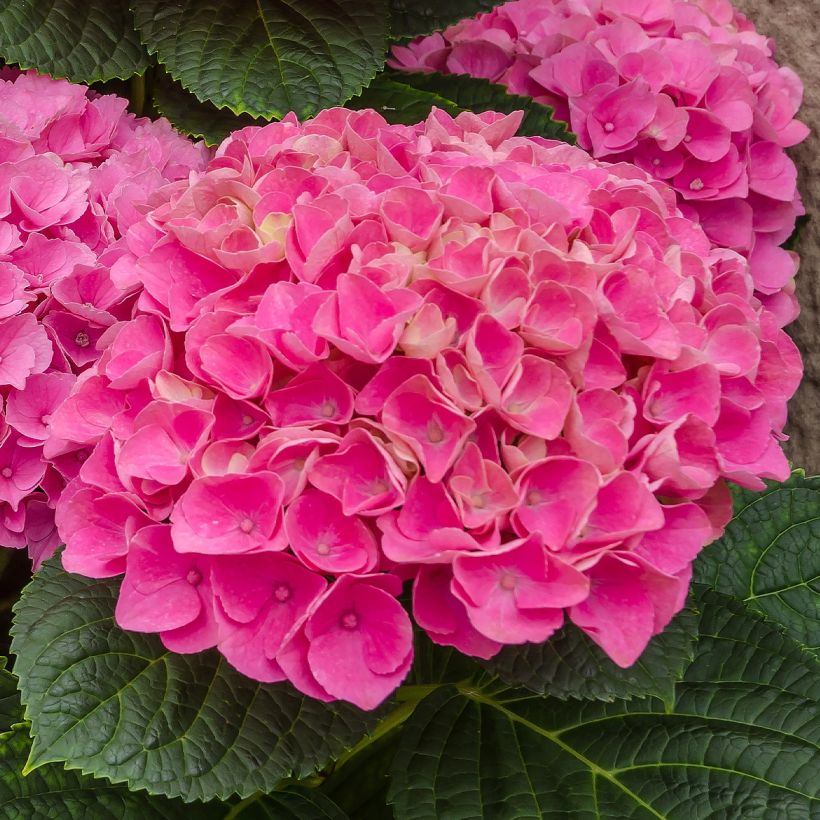



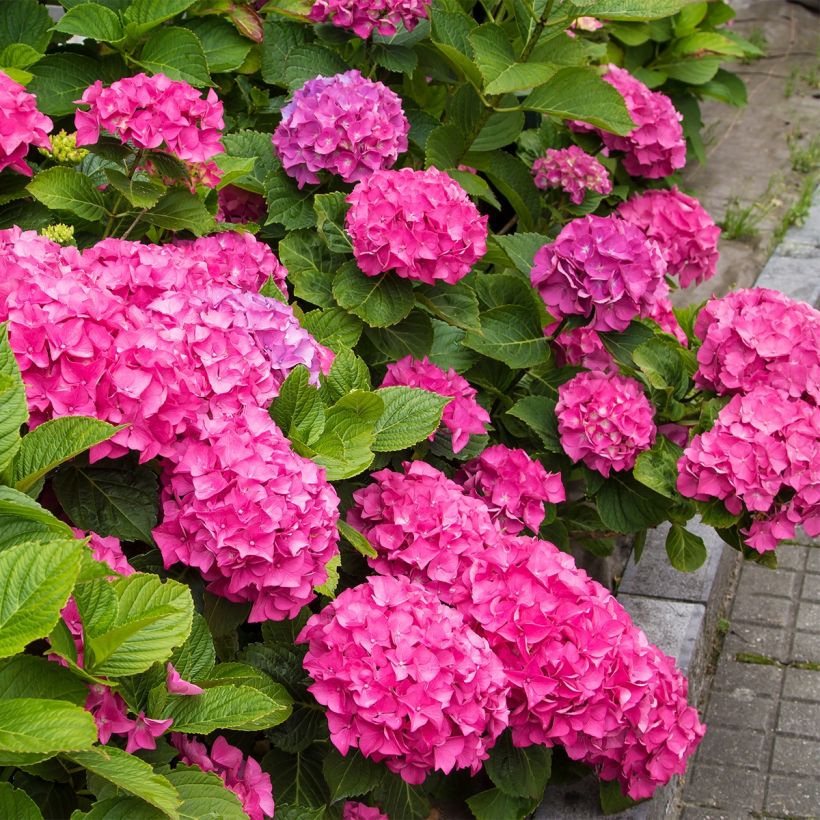

Plant habit
Flowering
Foliage
Botanical data
Hydrangea
macrophylla
Freudenstein
Hydrangeaceae
Bigleaf Hydrangea, French Hydrangea
Cultivar or hybrid
Other Hydrangeas
View all →Planting and care
Plant in spring or early autumn, preferably in a semi-shaded position, for example against an east-facing, or even north-facing wall. In very cold regions, it may be prudent to protect its stump with a thick mulch. Protect it from cold, drying winds. It does not require acidic soil, but appreciates deep, moist but well-drained, fairly fertile soil, possibly enriched with a good base fertiliser before planting. If planting near a wall and the soil is dry at its base, place the root ball at least 30 to 40cm (12 to 16in) away from it and incorporate a quantity of well-decomposed compost to better retain moisture in the soil.
After planting, be careful of slugs, which are quite fond of young leaves. Hardy, it is not afraid to be planted in cold regions. Water regularly in hot weather to prevent the foliage from wilting during dry spells.
This variety of hydrangea is also particularly suitable for cultivation in pots or decorative containers due to its compact dimensions. In this case, make sure to choose an ericaceous plant soil, and water regularly to maintain moisture in the substrate. In case of cold winter, shelter the pot at the corner of a wall, or even in a garage in case of severe frost, as potted cultivation exposes the roots more to freezing temperatures.
Planting period
Intended location
Care
Planting & care advice
This item has not been reviewed yet - be the first to leave a review about it.
Haven't found what you were looking for?
Hardiness is the lowest winter temperature a plant can endure without suffering serious damage or even dying. However, hardiness is affected by location (a sheltered area, such as a patio), protection (winter cover) and soil type (hardiness is improved by well-drained soil).

Photo Sharing Terms & Conditions
In order to encourage gardeners to interact and share their experiences, Promesse de fleurs offers various media enabling content to be uploaded onto its Site - in particular via the ‘Photo sharing’ module.
The User agrees to refrain from:
- Posting any content that is illegal, prejudicial, insulting, racist, inciteful to hatred, revisionist, contrary to public decency, that infringes on privacy or on the privacy rights of third parties, in particular the publicity rights of persons and goods, intellectual property rights, or the right to privacy.
- Submitting content on behalf of a third party;
- Impersonate the identity of a third party and/or publish any personal information about a third party;
In general, the User undertakes to refrain from any unethical behaviour.
All Content (in particular text, comments, files, images, photos, videos, creative works, etc.), which may be subject to property or intellectual property rights, image or other private rights, shall remain the property of the User, subject to the limited rights granted by the terms of the licence granted by Promesse de fleurs as stated below. Users are at liberty to publish or not to publish such Content on the Site, notably via the ‘Photo Sharing’ facility, and accept that this Content shall be made public and freely accessible, notably on the Internet.
Users further acknowledge, undertake to have ,and guarantee that they hold all necessary rights and permissions to publish such material on the Site, in particular with regard to the legislation in force pertaining to any privacy, property, intellectual property, image, or contractual rights, or rights of any other nature. By publishing such Content on the Site, Users acknowledge accepting full liability as publishers of the Content within the meaning of the law, and grant Promesse de fleurs, free of charge, an inclusive, worldwide licence for the said Content for the entire duration of its publication, including all reproduction, representation, up/downloading, displaying, performing, transmission, and storage rights.
Users also grant permission for their name to be linked to the Content and accept that this link may not always be made available.
By engaging in posting material, Users consent to their Content becoming automatically accessible on the Internet, in particular on other sites and/or blogs and/or web pages of the Promesse de fleurs site, including in particular social pages and the Promesse de fleurs catalogue.
Users may secure the removal of entrusted content free of charge by issuing a simple request via our contact form.
The flowering period indicated on our website applies to countries and regions located in USDA zone 8 (France, the United Kingdom, Ireland, the Netherlands, etc.)
It will vary according to where you live:
- In zones 9 to 10 (Italy, Spain, Greece, etc.), flowering will occur about 2 to 4 weeks earlier.
- In zones 6 to 7 (Germany, Poland, Slovenia, and lower mountainous regions), flowering will be delayed by 2 to 3 weeks.
- In zone 5 (Central Europe, Scandinavia), blooming will be delayed by 3 to 5 weeks.
In temperate climates, pruning of spring-flowering shrubs (forsythia, spireas, etc.) should be done just after flowering.
Pruning of summer-flowering shrubs (Indian Lilac, Perovskia, etc.) can be done in winter or spring.
In cold regions as well as with frost-sensitive plants, avoid pruning too early when severe frosts may still occur.
The planting period indicated on our website applies to countries and regions located in USDA zone 8 (France, United Kingdom, Ireland, Netherlands).
It will vary according to where you live:
- In Mediterranean zones (Marseille, Madrid, Milan, etc.), autumn and winter are the best planting periods.
- In continental zones (Strasbourg, Munich, Vienna, etc.), delay planting by 2 to 3 weeks in spring and bring it forward by 2 to 4 weeks in autumn.
- In mountainous regions (the Alps, Pyrenees, Carpathians, etc.), it is best to plant in late spring (May-June) or late summer (August-September).
The harvesting period indicated on our website applies to countries and regions in USDA zone 8 (France, England, Ireland, the Netherlands).
In colder areas (Scandinavia, Poland, Austria...) fruit and vegetable harvests are likely to be delayed by 3-4 weeks.
In warmer areas (Italy, Spain, Greece, etc.), harvesting will probably take place earlier, depending on weather conditions.
The sowing periods indicated on our website apply to countries and regions within USDA Zone 8 (France, UK, Ireland, Netherlands).
In colder areas (Scandinavia, Poland, Austria...), delay any outdoor sowing by 3-4 weeks, or sow under glass.
In warmer climes (Italy, Spain, Greece, etc.), bring outdoor sowing forward by a few weeks.






























